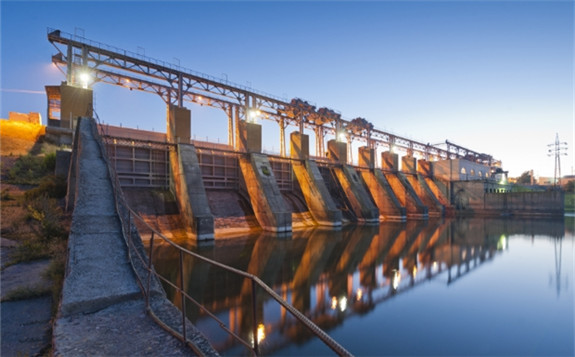
“Even if the Skymet prediction is right, it is more than enough for us,” said Balraj Joshi, chairman and managing director of NHPC. With more than 6,900 megawatt (Mw) of capacity, NHPC is the largest hydropower producer in the country.
Joshi said he was not worried for two reasons. “Both IMD and Skymet predictions are more crop-oriented and are for plane areas. Our plants are affected by local rainfall, particularly because our catchment areas are small,” he said, adding 50 per cent of NHPC’s hydro production in rainfall-dependent, while the rest is snowfall-driven.
“The snowfall has been good this year compared to the past three to four years,” said Sharad Mahendra, chief operating officer-energy business for JSW Energy.
JSW is the country’s largest private power producer after its acquisition of two hydro assets from Jaypee Group in 2016 in Himachal Pradesh. The private power producer operates 1,391 Mw of hydropower capacity.
"For Himachal Pradesh, hydropower is dependent on the snowfall and the temperature at which snow melts during summers," said Mahendra, adding snowfall this year has been good and hence he does not expect a generation hit.
According to Central Electricity Authority (CEA), in the April-February 2019, about 126.2 billion units, 5.96 per cent higher from 119.1 billion units in the same period a year back. India's total installed hydro power capacity was at 45,399.22 (Mw) as of February 2019.
"Snow has been very good this season, we are hoping to meet all our targets. It is our projects in the states like Madhya Pradesh that have a total bearing on monsoon. So for majority of our projects which are in the north and north-eastern part of the country we do not see this as a concern," Joshi said.
Mahendra pointed out hydro plants in states like Tamil Nadu, Karnataka are those which see a direct monsoon impact. Others, like Maharashtra State Electricity Distribution Corporation (MSEDCL) are in a wait-and-watch mode. "We will review at appropriate time depending on actual storage in Koyna," said Sanjeev Kumar, managing director for MSEDCL, the state utility which sources power from Koyna Dam's hydro power plant.
A standard process to bridge shortfall arising out a weaker hydro power production involves sourcing power from the spot market. "If there a deficit, we ask the commercial department to source it from the open market," said an official from Assam Power Distribution Company. So far, the need for such procurement looks unlikely this year.